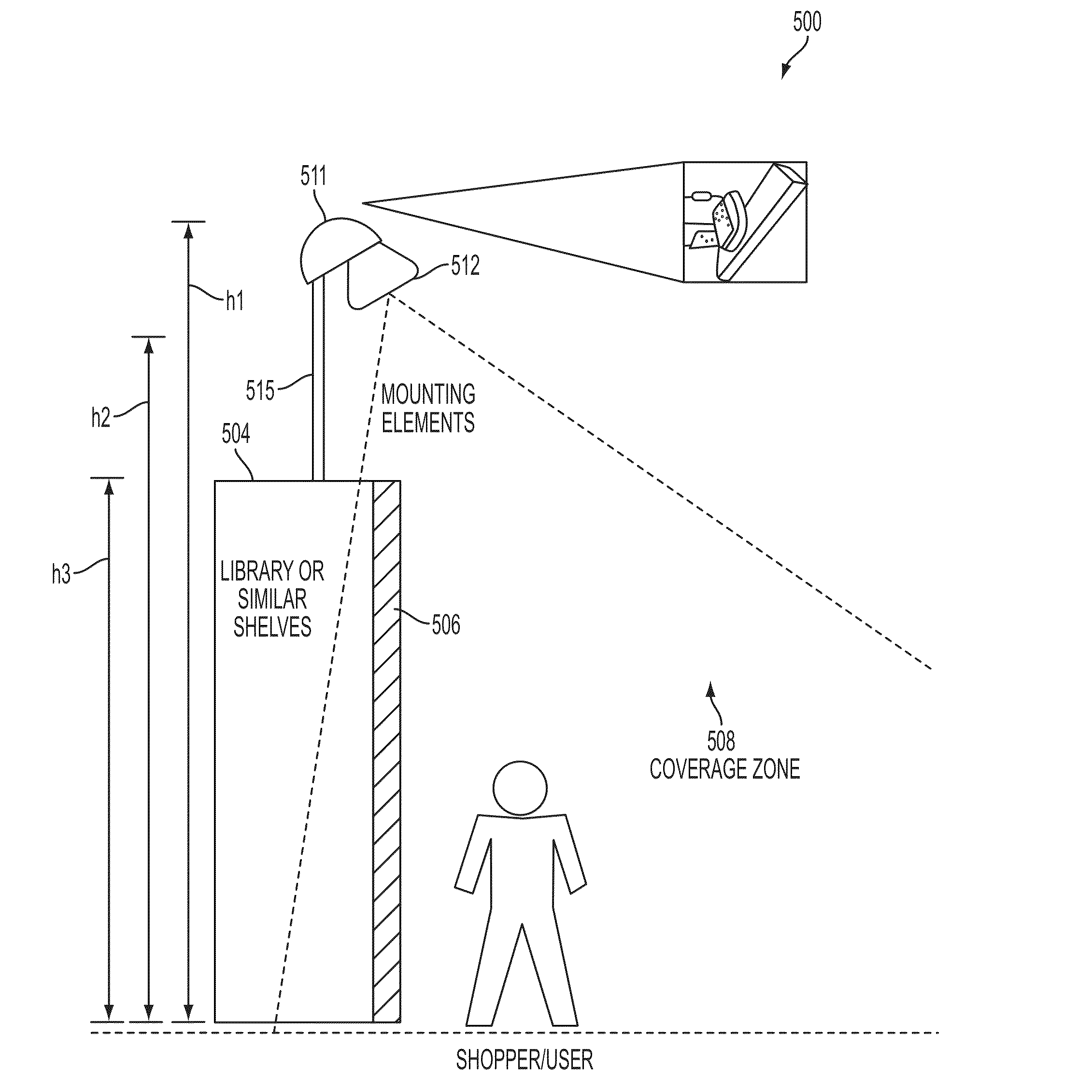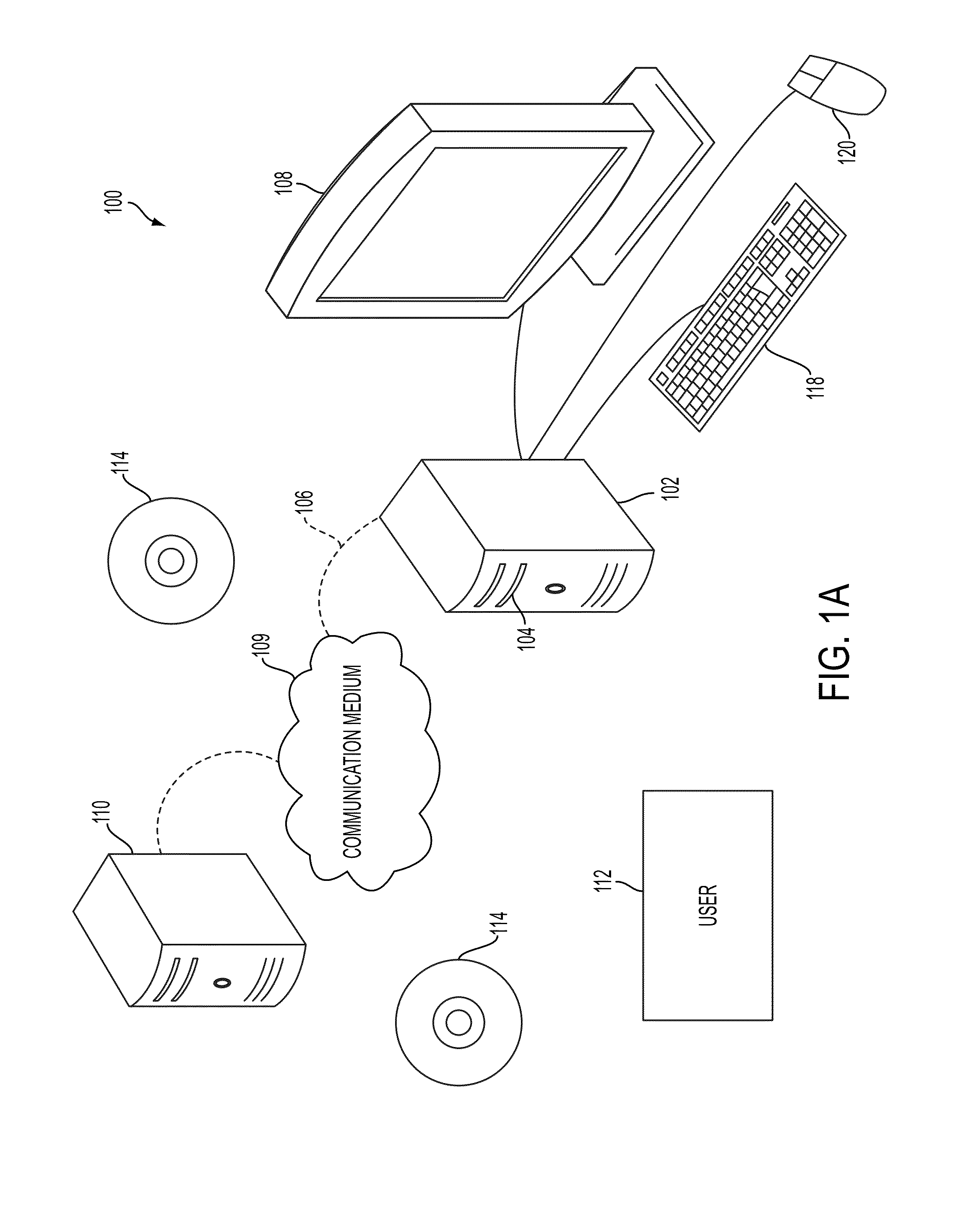Methods and systems for measuring human interaction
a human interaction and method technology, applied in the field of methods and systems for measuring human interaction, can solve the problems of human observation, subjectivity, and limited sample size inherent in the number of shoppers a single observer can monitor, and achieve the effect of reducing the number of shoppers, and reducing the number of observers
- Summary
- Abstract
- Description
- Claims
- Application Information
AI Technical Summary
Benefits of technology
Problems solved by technology
Method used
Image
Examples
Embodiment Construction
[0029]The systems and methods described herein rely on a variety of computer systems, networks and / or digital devices for operation. In order to fully appreciate how the system operates an understanding of suitable computing systems is useful. The systems and methods disclosed herein are enabled as a result of application via a suitable computing system.
[0030]FIG. 1A is a block diagram showing a representative example logic device through which, e.g., a user 112 can utilize a browser can be accessed to implement the present invention. A computer system (or digital device) 100, which may be understood as a logic apparatus adapted and configured to read instructions from media 114 and / or network port 106, is connectable to a server 110, and has a fixed media 116. The computer system 100 can also be connected to the Internet or an intranet. The system includes central processing unit (CPU) 102, disk drives 104, optional input devices, illustrated as keyboard 118 and...
PUM
 Login to View More
Login to View More Abstract
Description
Claims
Application Information
 Login to View More
Login to View More - R&D
- Intellectual Property
- Life Sciences
- Materials
- Tech Scout
- Unparalleled Data Quality
- Higher Quality Content
- 60% Fewer Hallucinations
Browse by: Latest US Patents, China's latest patents, Technical Efficacy Thesaurus, Application Domain, Technology Topic, Popular Technical Reports.
© 2025 PatSnap. All rights reserved.Legal|Privacy policy|Modern Slavery Act Transparency Statement|Sitemap|About US| Contact US: help@patsnap.com



